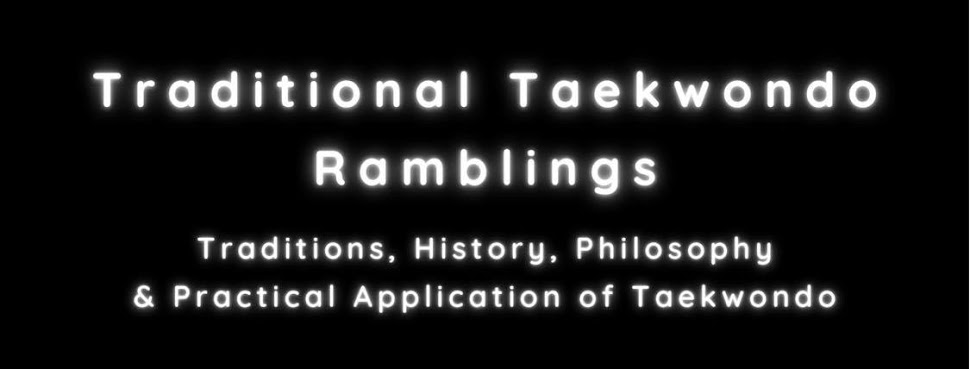
In my recent post "Taekwondo is not and has never been a "kick block punch" system!" I referenced
a lot of Taekwondo books to demonstrate how Taekwondo has emplyed more tactics than just blocks, punches and kicks since the Kwan era. The oldest book was written by Hwang Kee in 1958 with the title "Tangsoodo textbook". In one of the comments I was asked why this book was referenced in Taekwondo history when Hwang Kee never truly joined the Taekwondo movement and developed his art into Soo Bahk Do. This post is not only a result of that comment though. This and similar questions on why I choose to count Moo Duk Kwan and Hwang Kee into Taekwondo history has been asked many times in discussions both in person, on online forums, e-mail and on this blog. I am sure I am going to need to explain this again in the future, but I hope this post will contribute a good answer to those who have wondered but yet to do the asking:-)




